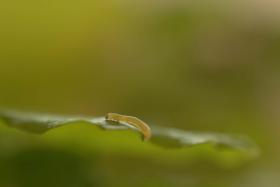editor
28 June 2016

In most species phenology, or the timing of biological events such as flowering, migration, or reproduction, is crucial for survival and fitness. Several external and internal factors such as light, temperature, endogenous clocks, food-availability and density are...